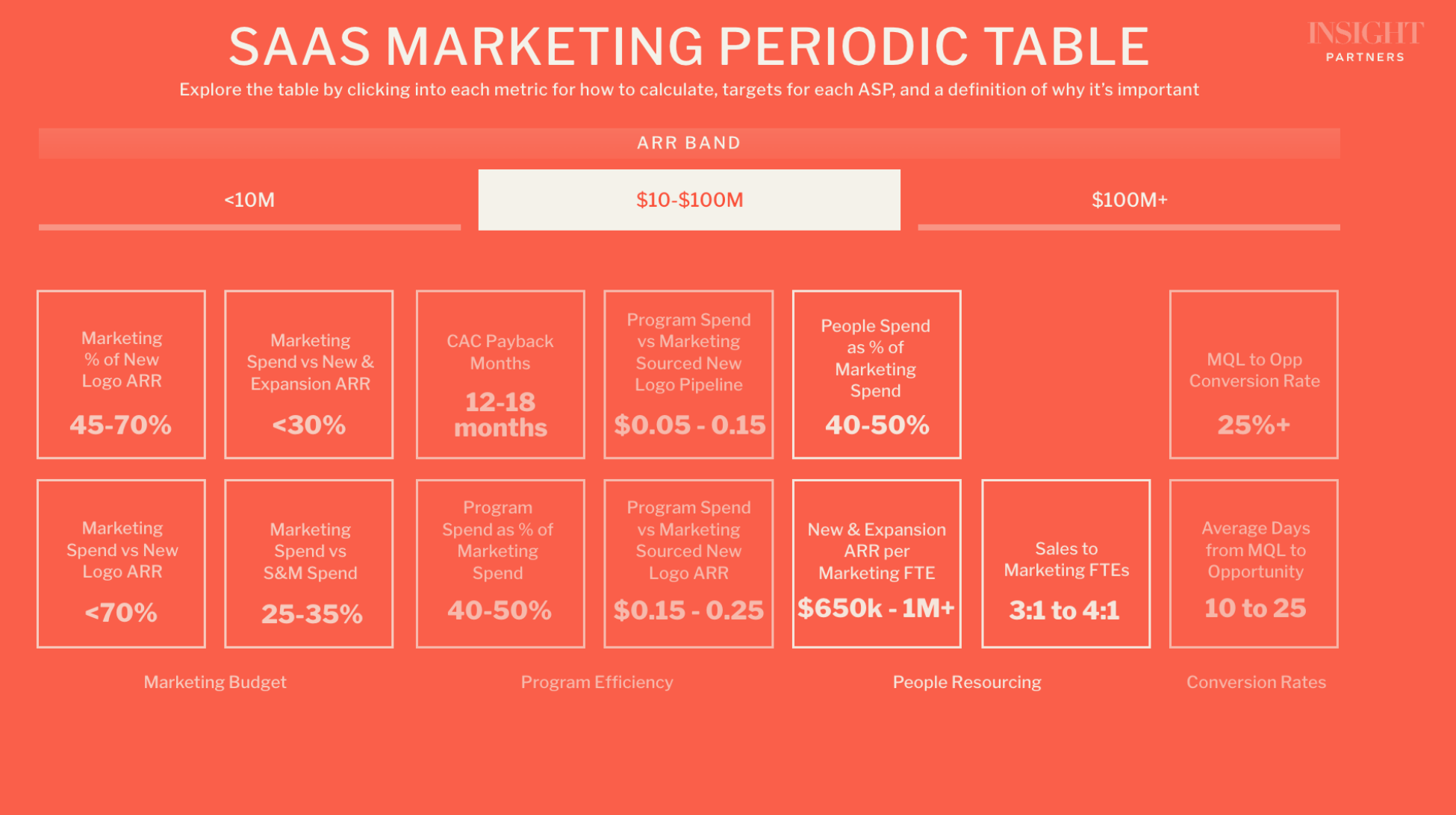This article was originally published by Will Reed and does not necessarily reflect the perspective of Insight Partners. Insight Partners is an investor in Will Reed.
Diversity and inclusion have been a priority in the workplace for a long time – at least on paper. In recent years, diversity, equity, and inclusion, or DEI, have driven efforts to produce more diverse workforces where all people are included and equal.
Now, DEI has shifted to DEIB: Diversity, equity, inclusion, and belonging. And despite this revamped focus, DEIB can still be an uphill battle. But an excellent way to ensure the success of DEIB efforts, especially when it comes to recruiting, is by tracking DEIB data.
In order to understand how DEIB data can fuel recruiting efforts, we must first understand what this means and how each word plays into the business setting.
DEIB refers to:
- Diversity: A company’s diversity regarding race, gender, sexual orientation, physical abilities, and more.
- Equity: How fair a workplace is, particularly regarding access to opportunities.
- Inclusion: This goes far beyond just having inclusive policies and refers to a workplace that is wholly welcoming to all.
- Belonging: The feeling employees get from inclusion efforts and if they feel genuinely connected to the organization and its people.
DEIB isn’t just “nice to have” but has measured and profound positive impacts on an organization. Data shows that diverse companies outperform their competitors, and 3 in 4 job seekers prefer to work at diverse organizations. But despite the critical goals of DEIB initiatives, these efforts can sometimes miss the mark and are still lacking in many areas.
In order to encourage DEIB success, organizations can turn to DEIB data, which can encourage action and accountability, as well as DEIB-informed recruiting efforts.
Data Worth Benchmarking Today
When we’re talking about DEIB data, we’re actually talking about a large pool of potential data. Essentially, DEIB data can be broken down into two main categories that are critical to measuring: Diversity metrics and equity metrics.
Here is what you need to know about these different types of data.
Diversity Metrics
Using workplace data to measure an organization’s diversity (in its present and future state) can include figures on different aspects of its current workforce. Total workforce, leadership positions, turnover rate, and figures on the future workforce, like applicants per opening, candidates interviewed, and candidates hired, are considered.
This gives companies a bird’s eye view of the organization’s efforts to create a diverse workplace. It can show where departments are lacking in that category and steps to take to remedy it.
Equity Metrics
Using workplace and employee feedback data to measure an organization’s equity can include information on access and opportunities to things such as promotions, training programs, and pay raises. Organizations should ensure everyone has a fair chance at advancement and remove barriers that prevent certain groups of employees from seizing opportunities.
Why Are DEIB Data and Metrics Critical to Have?
DEIB data and metrics are critical for several main reasons. Firstly, they keep everyone honest and consistently working towards DEIB efforts.
Tracking this type of data and metrics allows everyone to understand where the organization is today, where it’s going, and if it’s putting “its money where its mouth is” as far as those efforts go. DEIB data and metrics are crucial for transparency and overall success.
Additionally, data and metrics can help leaders create business cases around DEIB efforts, which are important for getting buy-in and launching more comprehensive DEIB initiatives. Also, that kind of data and metrics can help leaders understand the ROI of their efforts.
Why Is It Often Not Used?
Despite their proven success and benefits, many organizations still do not utilize DEIB data and metrics. To start, there is sometimes confusion about what exactly constitutes trackable DEIB metrics and if there is an exact understanding of the process. There aren’t always measuring systems in place to properly track this data.
DEIB data ownership can also sometimes be murky since this data might come from several areas of an organization. Lastly, if DEIB data isn’t correlated to overall business goals, it can sometimes get lost in the shuffle, even if collected.
To properly track DEIB data and put it to work, leaders can first establish key metrics to track in their organization and understand how to use them.
5 Diversity Metrics You Should Be Tracking
With that in mind, here are five key DEIB metrics leaders should track in their organization.
1. Gender
Gender diversity data can include information about the total workforce, what types of roles are held by different genders, how much new hire turnover there is per gender, and gender information regarding senior leadership roles.
2. Racial Identities
Racial identity diversity data can include information about the total workforce, the types of roles held by those with different racial identities, how much new hire turnover there is, and racial identity information regarding senior leadership roles.
3. Disability Status
Disability diversity data can include information about the total workforce, the types of roles held by those with different disability statuses, how much new hire turnover there is, and disability status information regarding senior leadership roles.
4. Sexual Orientation
This is another crucial diversity metric to measure if your employees provide sexual orientation data. Data can include information about the total workforce, the types of roles held by those with different sexual orientations, how much new hire turnover there is, and sexual orientation information regarding senior leadership roles.
5. Hiring/Recruiting Information
Hiring information refers to the diversity of your applicants for open roles and the diversity of the candidates interviewed, candidates offered positions, and candidates offered leadership positions. The source of candidates can also be tracked.
What Are Equity Metrics?
Similarly to diversity metrics, equity metrics can be measured in an organization. These can include metrics about different opportunities and access that employees receive, such as the following.
Performance Opportunities
Performance opportunities include promotion rates, how long it takes for employees to receive promotions, how projects and responsibilities are assigned, and how frequently employees have 1-on-1 access to managers. These figures should be organized by different demographics of employees (race, sexual orientation, age, etc.) so an organization can best understand how equitable its performance opportunities are.
Learning and Development Opportunities
Learning and development opportunities might include training programs, mentorship, or leadership advancement. Leaders can look at how often employees had access to these opportunities, how much time employees spent on them, and how accessible these training programs were.
Compensation Opportunities
Measuring compensation DEIB data can include monetary and non-monetary payments and might include data regarding annual raises, access to parental leave, and bonuses, for example. It can also include compensation offers given to new hires based on demographic information.
How Are They Different From Inclusion Metrics?
Why is data on diversity and equity separate from inclusion metrics? As we discussed earlier, diversity and equity data is mainly collected from workplace data and might be supplemented by employee feedback.
On the other hand, inclusion is almost entirely measured through employee feedback and is also heavily impacted by diversity and equity initiatives. For example, in order to gauge inclusion, leaders can conduct surveys that understand individual employee sentiment. Also, if efforts are made in diversity and equity, there will likely be positive impacts in both the inclusion and belonging categories.
How Can DEIB Metrics Actually Be Used?
DEIB metrics can be extremely useful for an organization in several ways. First, these metrics help leadership understand how successful their DEIB efforts actually are and if these efforts are landing as intended.
Secondly, DEIB metrics can help organizations operate with transparency towards these efforts and share that information with their employees. It’s one thing for an organization to say it’s “diverse,” and it’s another thing entirely for that diversity to be demonstrated.
The good news is that most workers and employers say their organizations are making efforts to advance DEIB in the workplace, showing that there is essentially universal buy-in and empathy for the DEIB cause. Measuring DEIB metrics can help organizations ensure they’re putting efforts in the right place and closer to reaching their DEIB goals.







